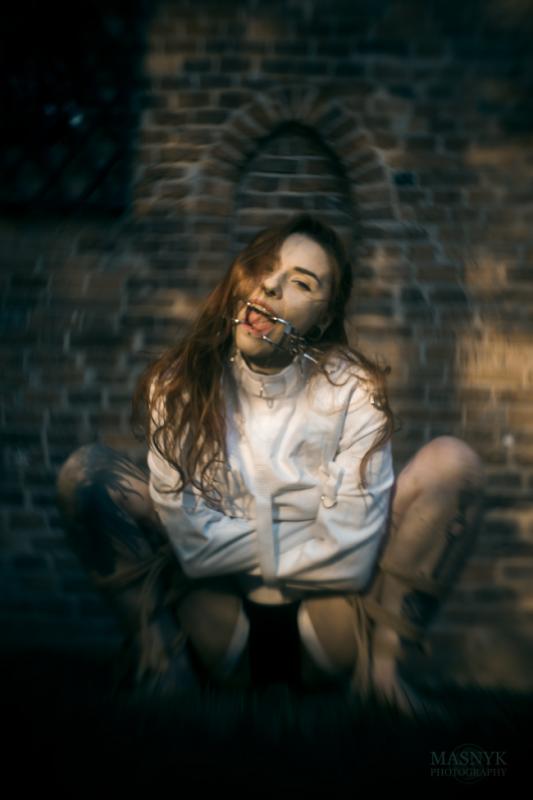
Gagged women in straitjacket
Bondage, as a form of sexual and artistic expression, also finds its place in public spaces. While traditionally associated with intimate relationships in private settings, elements of this practice are increasingly being used in art, fashion, and photography, giving them new meaning.
In public spaces, bondage often appears in the form of art installations, photo shoots, or performances. It grabs attention due to its visual aesthetics – intertwined ropes, symmetrical bindings, and precise techniques create images that attract the eye and evoke emotions. At the same time, it creates tension due to the contrast between the intimate nature of the practice and the open, public environment.
For many artists, bondage becomes a means of expression that allows them to explore themes such as freedom, control, or the boundaries of privacy. For example, photographs depicting figures in bindings against the backdrop of urban architecture can be interpreted as a commentary on contemporary society, where the boundaries of freedom are often unclear and context-dependent.
However, it is important to remember that bondage fetish in public spaces requires particular sensitivity. It is crucial to ensure that such actions are consensual among all participants and do not infringe upon the comfort of bystanders.
In conclusion, bondage in public spaces combines elements of art, expression, and social commentary, opening new possibilities for interpreting this practice in the context of contemporary culture.